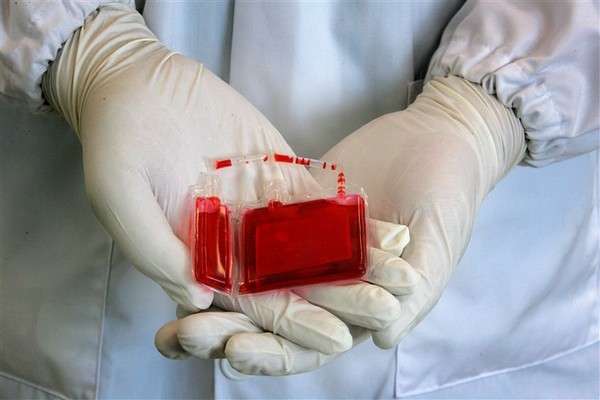Before a baby is born, there are many different things to think about. In recent times, many banking would-be parents want to consider the possibility of banking the cord blood of their baby. Over the last few years, cord blood banking has become extremely popular. However, being a relatively new concept, many parents don’t have a clear idea about cord blood banking.

This brief discussion provides an overview of cord blood banking, how it works, and whether it can be a good decision for the future of your family.
What is Cord Blood?
Cord blood may be referred to as the additional blood left in the umbilical cord and placenta of a baby after the cord is cut. Once the baby is born, this leftover blood is no longer required. However, this blood contains cells that can be extremely helpful for sick babies, immediately after their birth as well as in the future.
The components of cord blood cells are exactly the same as normal blood, including white blood cells, platelets, red blood cells, and plasma. However, cord blood also contains hematopoietic stem cells in abundance. These special types of blood-forming stem cells are comparable to the ones found in the bone marrow. Many types of diseases can be treated with these cells.
Cord Blood Banking Explained:
A painless and simple procedure, cord blood banking is considered to be a surefire lifesaver. Cord blood is removed or harvested immediately after the birth of a baby, from the clamped-off umbilical cord. This blood is then stored in a frozen state for future use. It is believed that cord blood can last indefinitely, provided it is stored in the proper manner.
Though this concept has gained limelight in recent years, cord blood’s use for treating serious illnesses started way back in the 1980s. Experts around the world are still engaged in exploring the possibility of using cord blood for the treatment of a growing number of disorders and diseases such as heart birth defects, diabetes, cerebral palsy, Parkinson’s disease, autism, and more.
Benefits of Cord Blood Banking:
As mentioned briefly earlier, cord blood is a rich source of special hematopoietic stem cells. Blood from other parts of the body does not contain these cells. Most of the cells in the human body are capable of producing copies of the same types of cells. However, cord blood cells are special because they can develop into different types of immune systems as well as blood cells. This can be attributed to the fact that these cells are not fully matured.
Many life-threatening diseases can be treated using cord blood cells. This blood can be used for the treatment of a sick person in need of a stem transplant now or at a later stage. If the child or some other family member falls sick in the future, cord blood banking can be a lifesaver.
Diseases Treatable by Cord Blood:
At present, cord blood is used extensively for the treatment of more than 80 serious diseases. They are used mostly for treating inherited immune system and immune-cell disorders, anemia, sickle cell disease, Gaucher disease, and cancers like lymphoma and leukemia. Cord blood is also helpful in the treatment of blood, immune, and neurological disorders.
Cord Blood Collection and Storage:
Blood collection takes place immediately after the delivery of the baby. A needle is used for drawing blood from the umbilical cord vein. After collecting it in a bag, the blood is processed, froze, and stored. The entire collection process requires no more than five to ten minutes.
Cord blood can be stored either in a public storage bank or a private storage facility. Both these alternatives have their own merits and demerits. Your healthcare provider can help you make the right choice by weighing the options.
